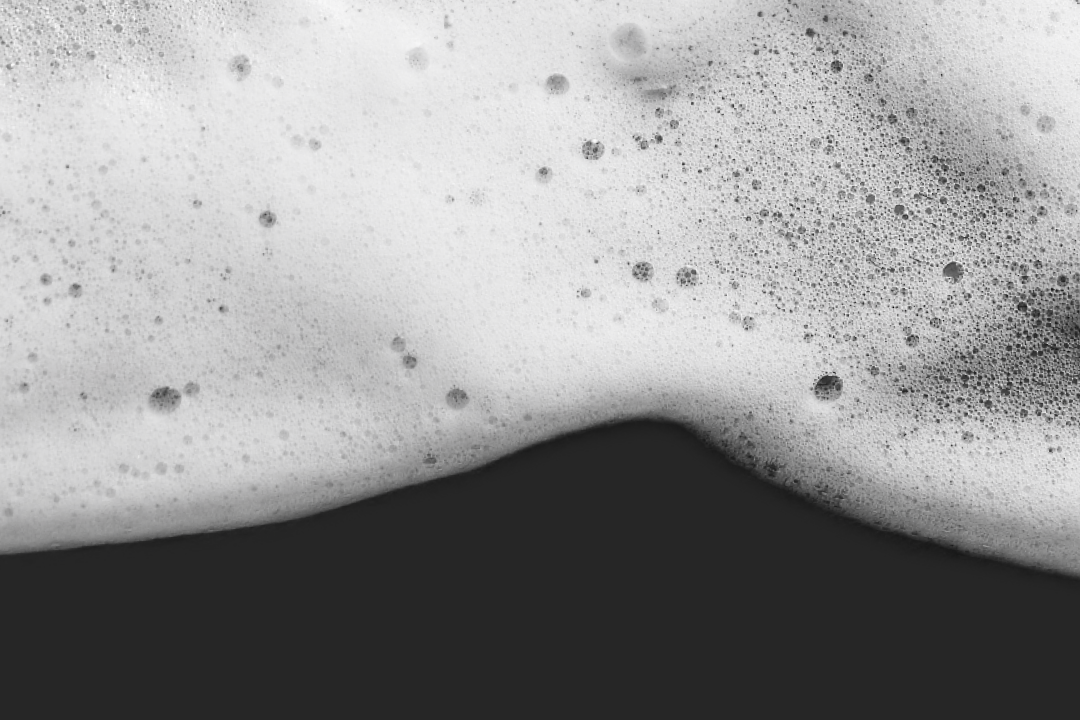Is Glass Recyclable? Experts Discuss Sustainable Solutions
In the well known and all-important mantra “reduce, reuse, recycle,” recycling raw materials is likely the part that many of us have already implemented into our daily lives. Nearly every community has some kind of recycling program readily available for you to reduce emissions and keep waste out of landfills.
Even if a truck does not come around to your home with a curbside garbage and recycling collection, there is undoubtedly a nearby recycling or materials recovery facility.
Many of us recycle, but this does not necessarily mean that we are doing it correctly. There can be confusion about what is recyclable and what is not, and sometimes, even despite our best efforts, we slip up.
If non-recyclable material finds their way into the recycling bin, it has the potential to contaminate the entire batch. It is always best to do more research before mindlessly tossing an object into the recycling bin.
Recycling is an important and worthwhile endeavor that is significantly better than disposing of your waste in the trash. Not all glass is recyclable, and properly disposing of all types of glass is crucial for reducing harm to our planet. Let’s get into it.
What Kind of Glass Is Recyclable?
As a general rule of thumb, a few kinds of glass are essentially always recyclable. Typically, you can recycle glass food and drink receptacles because of their specific make-up. Do some quick research if you are not entirely sure whether a glass product is recyclable. It is always better to be safe than sorry.
Food Storage Containers and Jars
Plastic food storage containers are on the out and replaced by glass containers that are attractive, useful, and environmentally friendly. They have all the convenience of a plastic storage solution, but with more style, longevity, versatility, and– you guessed it– recyclability.
Glass food containers and jars can also be immensely helpful in bringing a portable meal with you on the go. For instance, a glass bottle or mason jar serves as the perfect home for an easily transportable salad when going to school, work, or anywhere else outside of the home.
Throughout its life cycle, you can use a mason jar or glass jar for many things. You can upcycle it into something entirely new, or you can easily repurpose it as a stylish piece of decor. That is why we at Bite package many of our products in glass containers.
With a Bite subscription, you can refill your products instead of repeatedly purchasing all new containers.
Once you have used up your initial product, you can order a compostable refill package from Bite and store the refill in your original glass jar. Alternatively, you can use the glass jar to store anything else you would like. It looks right at home on any shelf, countertop, or cabinet and can work wonders in the kitchen, bathroom, living room, or any other area of your home.
As of 2018, the EPA estimated that 3.1 million tons of glass containers were recycled, making up 31.3 percent of the total glass container disposal for that year. While this figure is more encouraging than what we have seen in previous years, we must continue to research and invest in reusable and recyclable items.
Glass Beverage Bottles
Glass from food and beverages, like a wine bottle or other glass beverage container, is almost always recyclable.
The next time you reach for plastic bottles at the store, consider an alternative like a mason jar.
Glass beverage bottles are better for the environment than their plastic counterparts. They are also more sleek and can be easily repurposed to fit your needs.
Look for soft drinks that come in glass containers, like beer bottles. This simple tip helps both you and the planet, but the benefits go far beyond just that. You are also communicating to manufacturers that consumers like you want them to invest in recyclable materials and more sustainable practices.
Empty all of the liquid from a glass beverage bottle before recycling it to ensure that there are no contaminants that could harm the rest of the recycling batch. If you are still unsure of its ability to be recycled, look for symbols on the glass that may indicate recyclability. For additional help, the internet can give you plenty of useful information regarding specific products.
What Kinds of Glass Cannot Be Recycled?
Unfortunately, there are also types of glass that cannot be recycled and thus should be repurposed into new glass containers to save energy.
Make sure that you know what type of glass your product is composed of before disposing of it. This will make processing your recyclables much faster and reduce the risk that an entire batch of recycling will become unusable.
Decorative Glass
First on our list of different types of glass that you cannot recycle is any kind that has been decorated, colored, painted, or stained, including window glass.
These pieces of glass are no longer recyclable because of the colors and chemicals they have been treated with. Unfortunately, they are best kept out of the recycling bin, even if they are in good condition.
However, this does not have to be the end of their journey. Look into resources in your area to see if anyone is interested in taking the decorative glass off your hands.
Ceramics
Next on our list, we have ceramics. Ceramics are not recyclable because most recycling facilities do not have the machinery necessary to melt them down.
Drinking Glasses
Many typical drinking glasses, like wine glasses, cannot be recycled as they have been treated with additional chemicals during the manufacturing process that change their melting point from that of regular glass. While this is very helpful for dealing with liquids of different temperatures, it is a distinct problem when breaking down large quantities of glass at once.
Why Are Some Types of Glass No Longer Recyclable?
The primary reason a type of glass may no longer be recyclable is that it has been tainted with other components. These can range anywhere from chemicals, to dyes, to food matter. These all impact the glass’ ability to be melted down and reused.
How Do I Separate Glass From Other Recyclables?
Whether or not you need to separate your glass from other recyclables will depend on your local waste management’s policies. Some municipalities do not require any sorting beyond knowing what can and cannot be recycled at all.
Can I Put Glass in the Recycling Bin?
As we mentioned, whether or not your glass should go in the recycling bin or into another receptacle will depend upon your specific area’s rules. If you do not know for sure, a quick internet search about your area can be very enlightening.
Is Glass Separated By Color for Recycling?
Typically, glass is separated by color. Clear glass is melted down and reused as clear glass, whereas colored glass will still retain its color. If both types of glass are melted down together, it could taint the final product.
What Should I Do With Glass That Isn’t Recyclable?
If you have determined that some of your glass truly is not recyclable and you cannot find a new home for it, then disposing of it in the trash is the correct way to go. Make sure to secure it and add some cushioning to ensure it will not break and become hazardous..
Conclusion
Glass can be recycled and turned into a wide variety of items, and even nonrecyclable glass can be repurposed into practical containers around your home. Recycling is a simple and straightforward way to reduce your personal impact on the environment, but it is important to make sure you do so correctly. Not all types of glass can be recycled, and familiarizing yourself with proper practices can ensure that you are contributing to positive change.
Recycling your glass has real-world benefits, so once you know where your glass belongs, you should recycle it with pride.
Sources:
Glass: Material-Specific Data | US EPA


